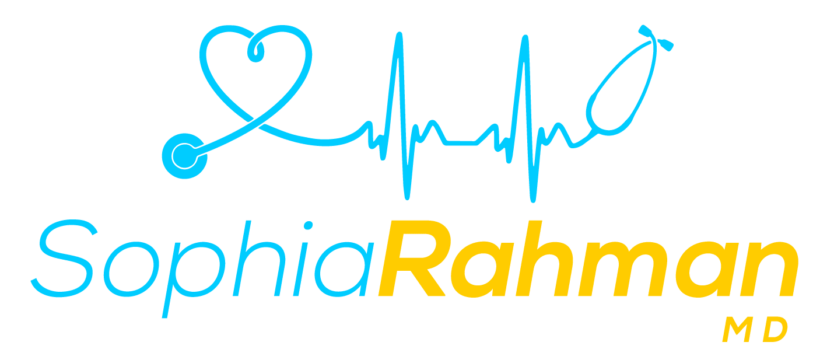In the ever-evolving landscape of healthcare, the integration of technology has brought about transformative changes. One such advancement that has gained significant attention in recent years is Remote Patient Monitoring (RPM) programs. These programs have not only revolutionised healthcare but have also paved the way for delivering personalised care to patients, even from a distance.
In this article, we’ll explore the concept of remote patient monitoring programs, their benefits, and how they are changing the face of healthcare.
What Are Remote Patient Monitoring Programs?
Remote Patient Monitoring (RPM) programs involve the use of digital technologies to collect medical and health-related data from patients in real-time. This data is then securely transmitted to healthcare providers, enabling them to monitor patients’ health conditions, track vital signs, and manage chronic diseases, all without the need for in-person visits.
The Benefits of Remote Patient Monitoring Programs
We explore how remote patient monitoring benefits healthcare by providing real-time data, enhancing patient engagement, and facilitating proactive interventions for improved overall patient outcomes.
Enhanced Patient Engagement
RPM programs empower patients to take an active role in managing their health. Patients can monitor their own vital signs and symptoms, leading to increased awareness and engagement in their healthcare.
Chronic Disease Management
RPM is particularly effective in managing chronic diseases such as diabetes, hypertension, and heart conditions. Patients with chronic illnesses can benefit from continuous monitoring and early intervention, reducing the risk of complications.
Timely Interventions
Healthcare providers can access real-time data, allowing them to detect any concerning changes promptly. This enables timely interventions, reducing the likelihood of hospital readmissions and emergency room visits.
Cost Savings
Remote monitoring can lead to cost savings for both patients and healthcare systems. By preventing hospitalizations and complications, healthcare costs can be significantly reduced.
Convenience
Patients can receive medical care from the comfort of their homes, reducing the need for frequent clinic visits. This is especially beneficial for individuals with mobility issues or those living in remote areas.
Improved Outcomes
Studies have shown that patients enrolled in RPM programs often experience better health outcomes and an improved quality of life.
The Future of Healthcare: Remote Disease Management
Remote patient monitoring programs are poised to become an integral part of modern healthcare. As technology continues to advance, these programs will likely expand to cover a broader range of medical conditions and patient demographics. The ability to provide personalised, data-driven care remotely offers a promising solution to the challenges of an ageing population and the increasing prevalence of chronic diseases.
Telehealth Patient Monitoring: A Closer Look
Telehealth, which includes remote patient monitoring, is a vital component of modern healthcare delivery. Telehealth platforms and wearable devices allow patients to stay connected with their healthcare providers, ensuring continuous care and early interventions.
Get In Touch
Remote patient monitoring programs are changing the face of healthcare by improving patient outcomes, reducing costs, and enhancing patient engagement. As technology continues to advance, the benefits of RPM programs will become increasingly accessible to a broader range of patients, ultimately contributing to a healthier and more connected world of healthcare.
Visit our website or call (972) 782-2811 to learn more about our services and how we can assist you in achieving your health goals. We look forward to assisting you in improv

